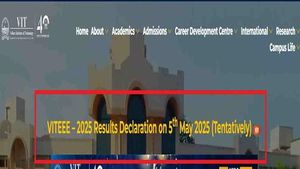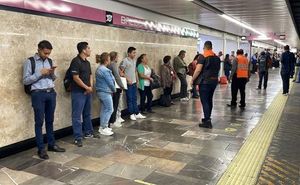Gatwick Airport, one of the United Kingdom's busiest travel hubs, is considering a significant increase in parking and drop-off fees as part of a broader strategy to secure planning permission for a second runway. The proposed expansion aims to accommodate an additional 100,000 flights annually, nearly doubling the airport's capacity to 75 million passengers.
The Planning Inspectorate has stipulated that at least 54 percent of travelers must utilize public transport to access the airport for the runway expansion to be approved. Currently, only about 45 percent of passengers arrive at Gatwick via public transport, raising concerns about increased road congestion around the airport. This has prompted airport officials to explore ways to incentivize the use of public transport.
Stewart Wingate, the chief executive of Gatwick Airport, emphasized the importance of adjusting fees as a mechanism to influence travelers' transportation choices. "We’d be trying to influence people who were making that marginal decision of 'should I drive and drop off or use the car parks, or should I use the rail services?'" he explained. "The forecourt drop-off charge is the mechanism we can use. If we adjust that upwards, we would also make changes to the car parking tariffs as well." Currently, drivers are charged £6 for a drop-off that must be completed within 10 minutes, with each additional minute costing an extra £1, up to a maximum of £26 for 30 minutes.
This latest move comes on the heels of a fee increase that saw the drop-off charge rise from £5 to £6 last year, a change that sparked outrage among drivers who labeled it a "rip-off" and an "absolute joke." The potential for further hikes has raised alarms that Gatwick could become the most expensive airport near London for parking fees, surpassing Heathrow and Stansted, which charge £6 and £7, respectively.
Despite the backlash, Wingate insists that increasing fees is a necessary step to meet government requirements and manage road congestion. He stated, "We’re trying to give the Government a pragmatic, sensible and rational pathway which achieves the objective of reduced road congestion and allows them to support the runway." However, he acknowledged that Gatwick has no control over train services, making fee adjustments the primary tool available to encourage more passengers to opt for public transport.
In addition to the proposed fee increases, Gatwick Airport has committed to reducing the expanded airport's noise footprint from 135 square kilometers to 125 square kilometers, addressing environmental concerns associated with the runway expansion. A public consultation will be launched to gather feedback on both the runway expansion and the new parking fees, allowing all stakeholders to voice their opinions.
The government is expected to reach a final decision on the runway plan by October 2025, following a previous ruling by Transport Secretary Heidi Alexander, who did not approve the expansion in February. As the deadline approaches, the airport is under pressure to demonstrate its commitment to improving public transport usage and easing road traffic.
While the proposed fee increases may be a tough pill for travelers to swallow, they reflect a broader trend of rising airport costs across the UK. As airports grapple with the dual challenges of expanding capacity and managing environmental impacts, the balance between profitability and passenger convenience remains a contentious issue.
In conclusion, Gatwick Airport's plans to hike parking and drop-off fees highlight the ongoing struggle to meet both operational demands and regulatory requirements. As the airport navigates this complex landscape, the reactions from travelers and stakeholders alike will play a crucial role in shaping the future of air travel in the UK.




